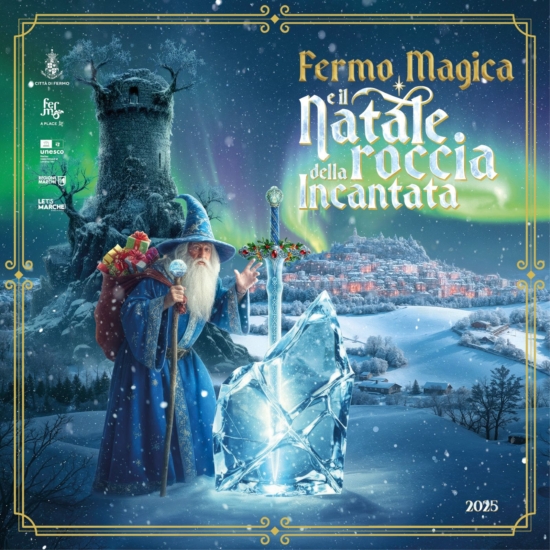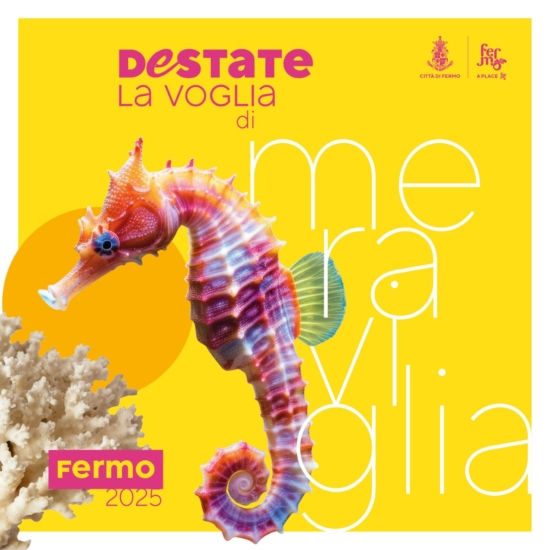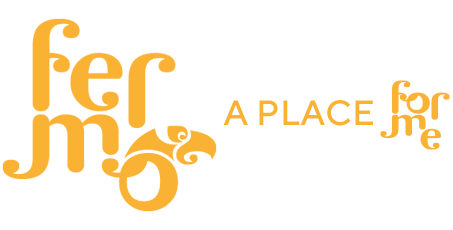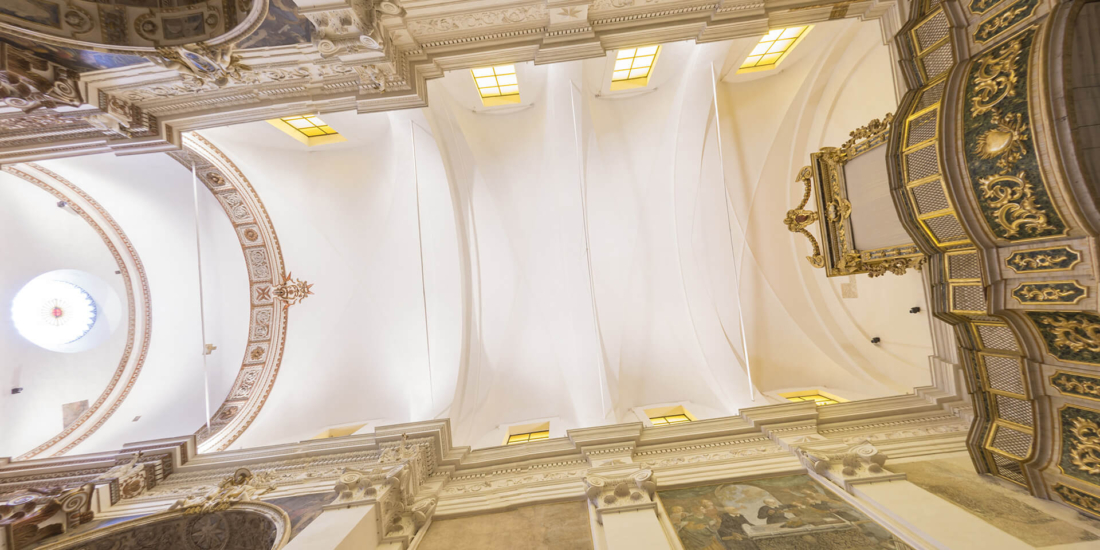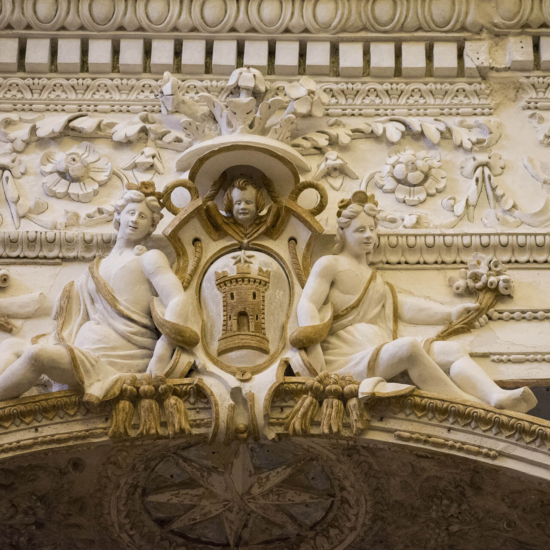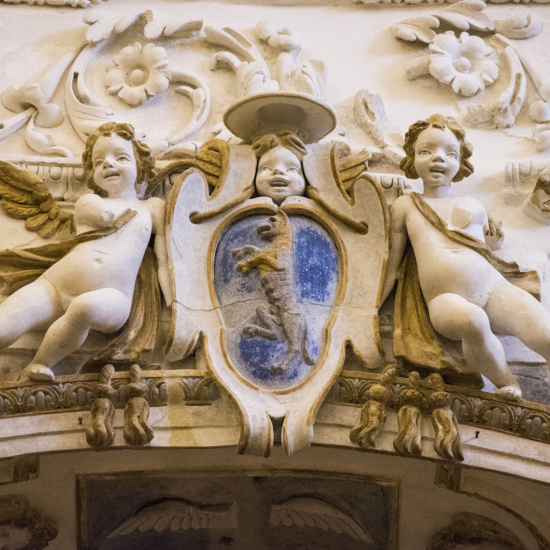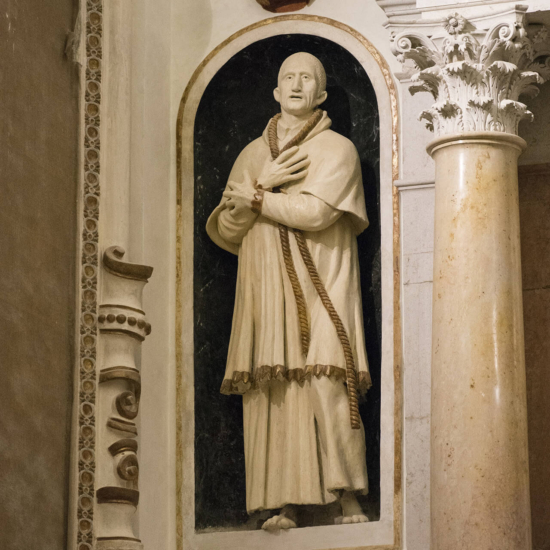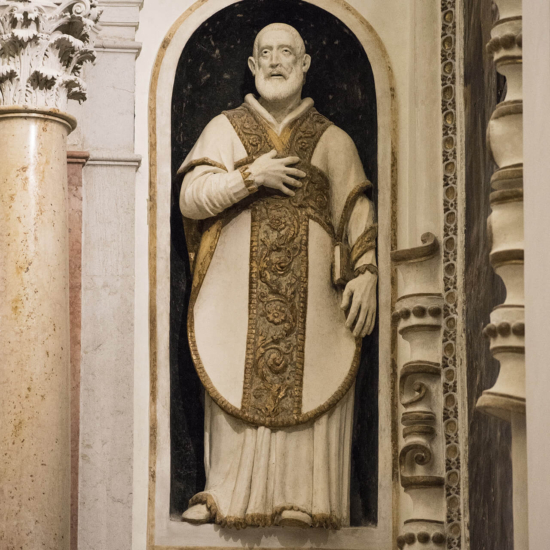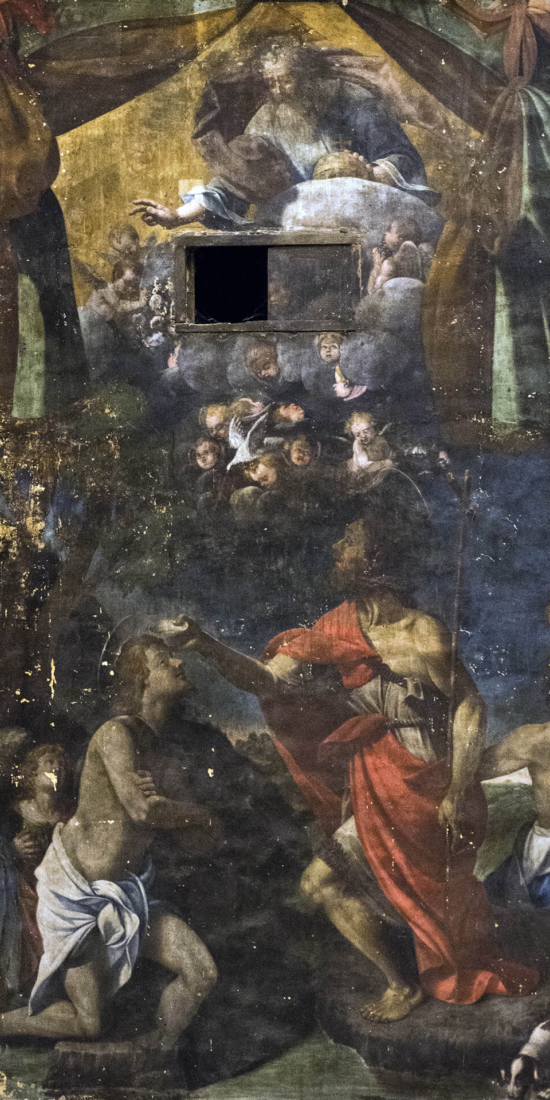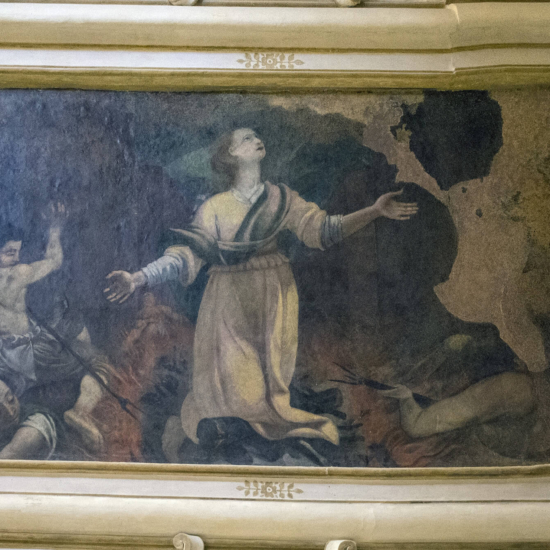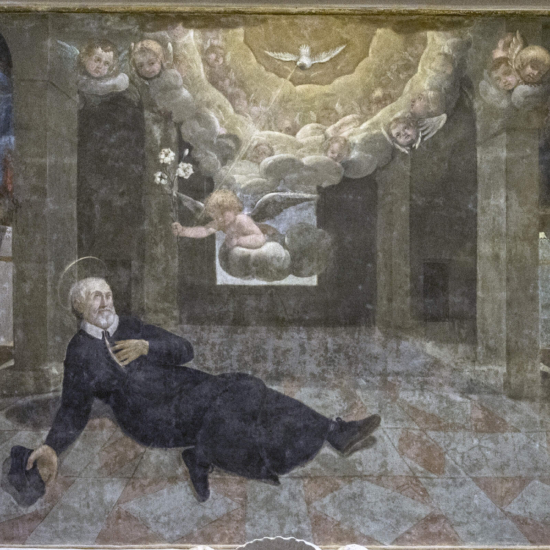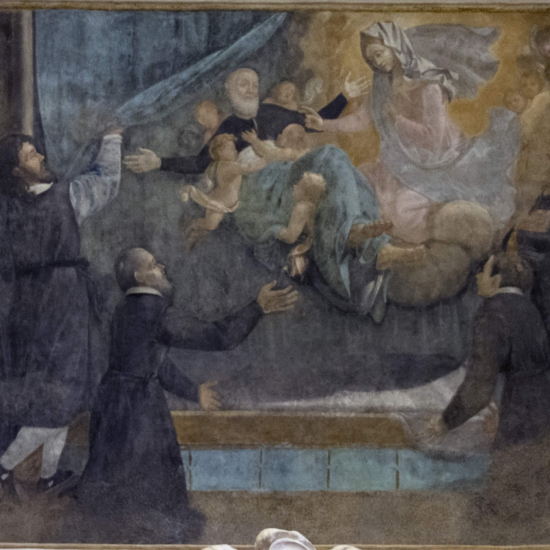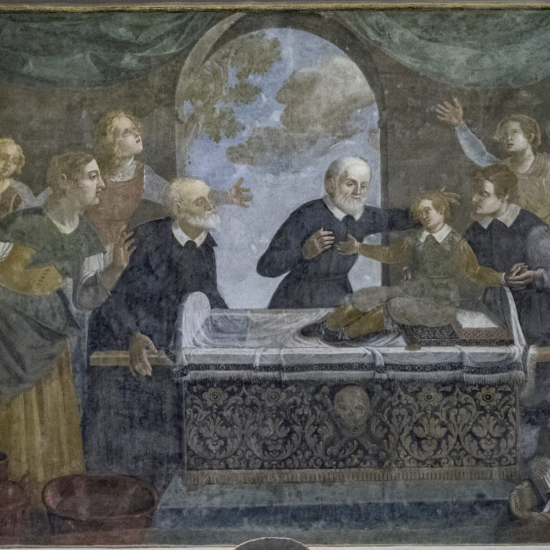Cesare Paccaroni, owner of the homonymous building located in front of the current church of San Filippo, probably participated in the drafting of the project for the new building in 1593: consecrated in 1607, the church that was annexed to the convent of the Filippini (today the Court) had a history tiring due to its location on fragile and landslide-prone terrain. The Church preserves still today noteworthy ornamental and pictorial structures, even if the most important ones when it comes to art, i.e. the “Adoration of the Shepherds” by Paul Rubens and “The Pentecost” by Giovanni Lanfranco are preserved in the Civic Art Gallery of Fermo.
Among the most important religious movements during the Counter-Reformation there is the Congregation of the Oratory, established by Saint Philip Neri in the second half of the XVI century.
Le Marche were a fertile territory for the expansion of the Oratorian movement, thanks to the relationships with Rome that lasted from centuries and the harmony between the religious soul of the people in Marche, beyond the nature itself of the Oratorian Institute. Among the most meaningful traces of the Oratorians’ stay in Fermo there is the Church of Saint Philip Neri located in Corso Cavour, next to the former College of the Oratorians, today seat of the Palace of Justice. Second Oratorian foundation in Marche after San Severino but before Camerino, it was built on the ruins of a little fourteenth-century Church dedicated to the Holy Spirit and then used as new seat of the Oratorian Congregation. The first stone of the new temple was put with daring foundations on the cliffs behind San Bartolomeo city quarter on 9 May 1594. It is unknown if the prior Church has been embedded in the new building or demolished, it is certain that to adjust the new building’s map a high wall was built. The initial drawing of the new Seat’s map underwent important changes due to the disapproval of Father Flaminio Ricci (promoter of Saint Philip’s Oratory in Fermo), who considered the project too limited and therefore sent more adequate drawings from the important seat of Naples. The plan’s scheme is very similar to the Neapolitan one, even if here they had to adapt it to the ground’s conformation. The project might be attributed to Giovanni Antonio Dosio, who worked in Naples in the building sites for the Neapolitan Congregation.
On 2 June 1607 the Church was consecrated and blessed together with the underlying Oratory by the Archbishop of Fermo Mons. Alessandro Strozzi. However, the building site went on with difficulty, also due to the numerous problems to the foundations and it was never completed in the façade, if not in the Doric order portal made of Istrian marble overlooking Corso Cavour. The door was made by Giovanni Mistichelli from Fermo, who above a gravestone of marble, topped by a cherub, says: “SPIRITUS SANCTUS / DIVO PHILIPPO NERIO VIVENTE / TEMPLUM HOC / ELIGIT / IN DOMUM ORATIRII”.
The building of the Church was supported by many: the Oratorian Fathers had a strong bond with some of the most important families of Fermo, who put in the Church numerous and rich altars. The City Hall of Fermo itself contributed to the new building; this contribution is testified by the eagles with crowns and municipal crosses on the keystones of the chapels at the base of the rib vaults and on the frieze of the main altar. After the elimination of the religious Congregations, in 1861, the entire building was given to Fermo City Hall to be used as Primary School for girls and kindergarten and in 1882 it was used for the Government and Financial Offices.
After having undergone seabed’s subsidence due to run-offs, located along the back West side, despite seven sturdy walls, the church was shut for worship in 1925. Two years later restoration works of the structure and ornaments were realized, thanks to the believers’ contributions and so it was opened again to the audience. The church still retains decorative and pictorial elements of extreme value, although those of greater artistic importance such as “The Adoration of the Shepherds” by Paul Rubens and “The Pentecost” by Giovanni Lanfranco are kept in the Municipal Art Gallery of Fermo.

